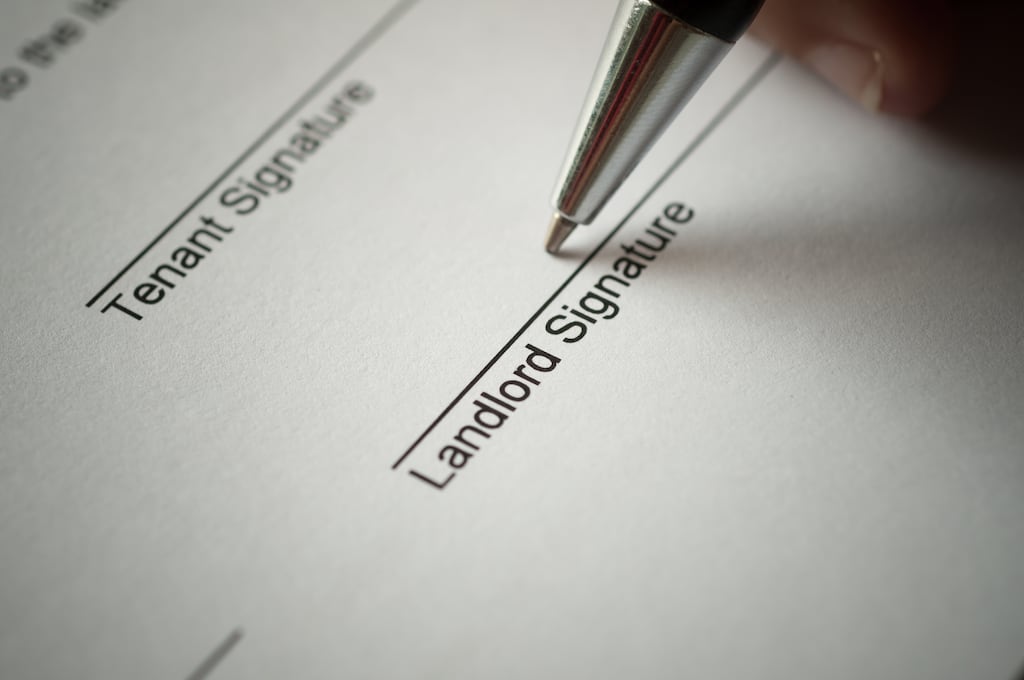Welcome to this latest edition of our On The Money consumer finance newsletter.
At the front of the queue of people looking for relief back when then minister for finance Paschal Donohoe was announcing the details of Budget 2023 were those who have been struggling with Ireland’s dysfunctional private renting market.
Rents are now generally higher than the equivalent cost of servicing a mortgage on the same property, but Central Bank lending rules and double-digit increases in property prices have meant a growing number of people find themselves effectively locked out of the home-buying market.
Young families and people in their 20s and 30s looking to settle down account for the largest number of those affected, but the situation has also come as an unwelcome shock to those who find themselves having to start again later in life following the break-up of a relationship, as well as those workers who come here from abroad to fuel our growing economy and those unfortunate enough to lose their properties in the fallout from the last financial crash.
READ MORE
So the rent tax credit was particularly welcome for thousands of people around the State. It offers a credit of €500 for single people and €1,000 for couples who are tenants in the private rented sector. Credits are lump sums that are deducted from your tax bill, as against tax reliefs, where you often only get the benefit of the standard rate – so you only get 20 per cent of the benefit deducted from your tax.
Outside of the widening of the income tax bands, it was the biggest single tax “giveaway” in the budget, with the Government expecting to pay out €200 million a year on the measure.
Unusually, the measure was backdated, with renters being able to claim for 2022: however, they have had to wait until the start of this year to do so. Now that we are in 2023, what do people renting homes have to do to qualify, and who is eligible in the first place?
Eligibility
Eligibility is straightforward. Most people renting in the private sector who are not already getting some sort of State support with their rent – such as the Housing Assistance Payment (Hap) – are entitled to the credit, as long as they have a tax bill against which to offset it.
It is not open just to people who are renting a property as their primary residence. People who already own property but have to rent a “second home” in order to do their job elsewhere in the State can also avail of the scheme, as can people who pay rent on behalf of their children who are attending college away from home, as long as those children are under the age of 23 at the start of the college year.
However, you cannot claim if you are renting from your parent or your child, and in the case of a claim on behalf of a child attending college, they cannot be renting from anyone who is directly related to them or you in any way – such as a grandparent, aunt, uncle or sibling.
Outside of children attending college, you can claim for rent paid under a rent-a-room scheme where you do not rent the whole property from the landlord as long as there is no family relationship between landlord and tenant. Parents of college students using “digs” lose out however, as the credit will not be paid to students renting a room in a landlord’s home.
In all other cases, the rented property needs to be registered with the Residential Tenancies Board, which helps Revenue keep tabs on that sector and ensure landlords’ income is properly taxed.
How to apply
You won’t get the rent credit unless you apply for it and the way you do this is while making a tax return. This might be a new departure for people who work in a PAYE job, where their tax affairs are managed by their employer. They will have to set up a myAccount identity at the Revenue Commissioners, which you can do here.
Once that’s done, you will need to file what is called a Form 12, which is an annual tax return.
It’s fairly straightforward online. You click on the “Review Your Tax” tab, enter the relevant year, click “request”, then scroll down to where it says “Complete your Income Tax Return”. You click on that and then on “Rent Tax Credit” and follow the steps on screen.
For claims made in 2023, the relevant year is 2022.
If you are self-employed, you’ll already have a MyAccount number, and you’ll need to include the rental details in your annual Form 11 tax return.
In either case, you’ll need the following information:
– who you are claiming for: yourself or a child?;
– if your child, you’ll need their PPS number, date of birth and details of their college course;
– the status of the rental: primary home, second home or college rental;
– the address of the rented property and whether it is a rent-a-room arrangement or a property registered with the Residential Tenancies Board (RTB) and, if the latter, its RTB registration number (tenants get a copy of this number from the RTB where the tenancy is registered);
– the reference number assigned to the property for local property tax purposes (this may be available from Revenue where the landlord does not provide it to you);
– whether there is any family relationship between landlord and tenant, or applicant;
– when you started renting the property and when you expect that it will end;
– how much rent you are paying;
– the name, address (including Eircode), residence status and tax reference number of the landlord or their agent, and the name of the person to whom you pay the rent if it is a different person.
Simple, isn’t it? Actually, it’s a lot easier in practice than it sounds when you have to go through it step by step. And with up to €1,000 available off your tax bill, it’s well worth pursuing.
Last week’s On The Money: Stick or switch: What should tracker mortgage customers do? – The Irish Times















